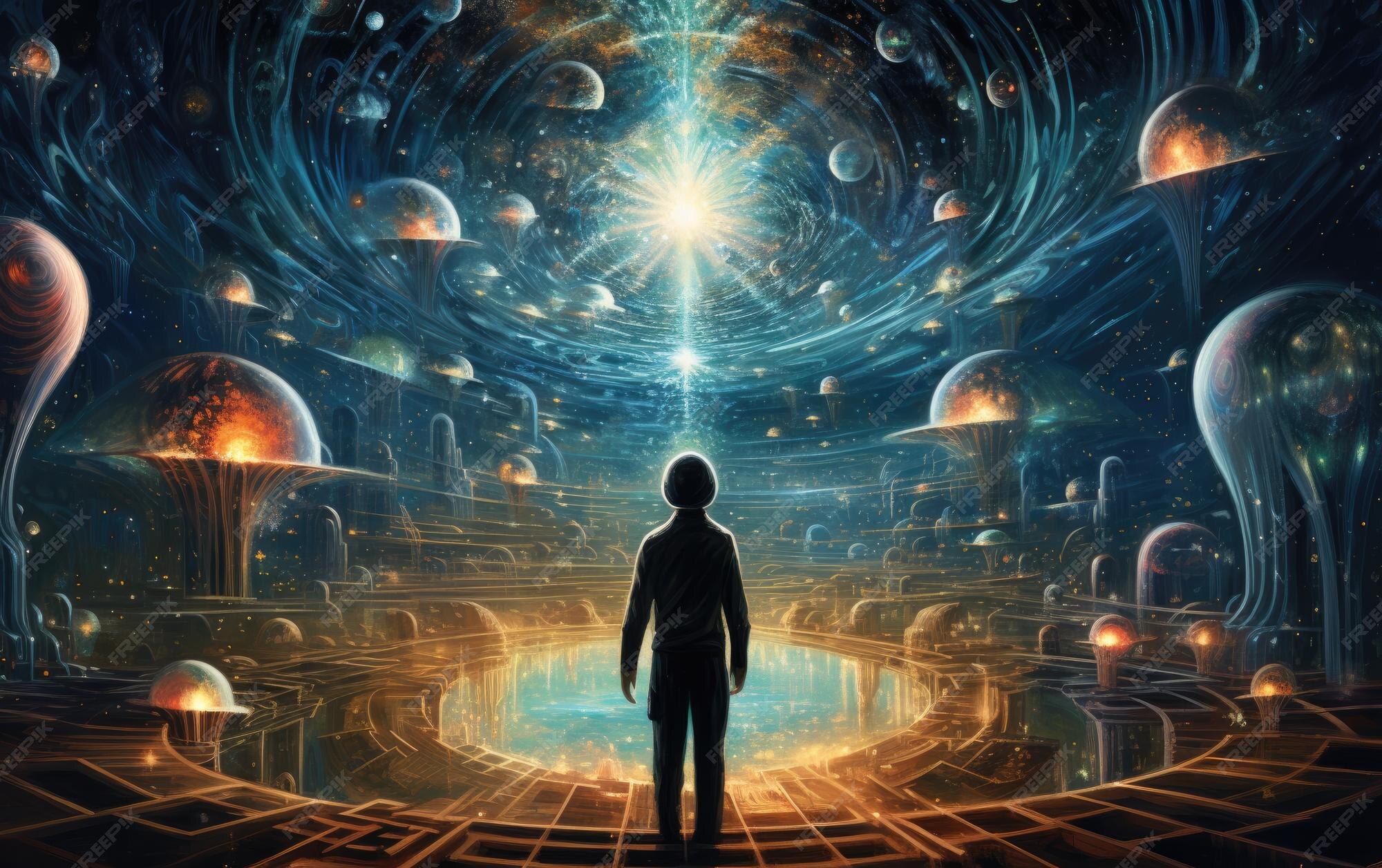A journey to realms that defy the very essence of reality prompts an intriguing inquiry: What constitutes the impossible, and how do we traverse such nebulous boundaries? This exploration embarks on a path into the realm of imagination, a dimension often neglected, yet teeming with vivid possibilities. The concept of “Impossible Lands” serves as a metaphorical landscape, a fertile ground for ideation. Can the mind’s eye truly wander beyond mundane perceptions, and if so, what challenges accompany such a venture?
Throughout history, the idea of transcending physical limitations has captivated the human psyche. The act of imagining places that are intentionally fantastical or paradoxical invites a plethora of interpretations. It conjures a sense of curiosity and encourages a departure from the norm. At its core, imagining Impossible Lands facilitates an engagement with creativity and a reevaluation of perceived boundaries.
For those inclined toward the artistic, the “Impossible Lands” may evoke scenes from literature or art that depict ethereal realms. Authors and painters have long explored terrains that confound logic — think of Lewis Carroll’s whimsical Wonderland or the surreal landscapes of Salvador Dalí. These creative escapes serve not merely as entertainment, but as profound reflections on human aspiration and the freedom of thought. How, one might ask, does one harness this imaginative prowess? The answer lies within the interplay of creativity and cognitive liberation.
Delving deeper, the challenge emerges: how can individuals cultivate the ability to envision their own Impossible Lands? One fruitful approach is through the practice of mindfulness and introspection. When individuals engage in reflective thought, liberated from the constraints imposed by societal norms or personal fears, they often unlock reservoirs of creativity. This intentional disengagement facilitates the exploration of ideational landscapes that may seem inaccessible—voids where creativity unfurls its wings.
Moreover, the integration of multi-sensory experiences can enhance this imaginative journey. By engaging various senses — sight, sound, touch, and even taste — the mind begins to construct vivid narratives. Interactive art installations or immersive virtual reality experiences epitomize this synthesis, crafting environments that challenge perception and transport individuals into alternate realities. Such encounters not only foster escapism but also encourage engagement with the uncharted territories of one’s psyche.
Furthermore, storytelling emerges as a transformative vehicle for navigating the Impossible Lands. Narratives possess the power to transcend mundane experiences, constructing elaborate scaffolds of thought and emotion. Curating one’s own stories allows individuals to weave together disparate ideas into coherent, meaningful experiences. Through oral traditions or written prose, the articulation of these narratives provides participants a chance to explore the furthest reaches of their imagination.
In addition, community plays a pivotal role in this exploration. Collaborative endeavors, whether through group brainstorming or artistic partnerships, can yield unexpected and expansive ideas. Collective creativity harnesses the unique nuances of individual contributions, merging diverse perspectives to form richer conceptual frameworks. This social dimension forms an intrinsic part of the imaginative process, enhancing not only the journey but also the resultant landscapes that arise from shared experiences.
Transitioning from concept to manifestation, the next consideration is the relationship between the impossible and the feasible. When traversing these imaginative landscapes, a delicate balance must be struck between dreaming and doing. While the skies of creativity may beckon with boundless possibilities, practical considerations ground the exploration. Artists, writers, and thinkers often grapple with the dissonance between grand visions and the limitations imposed by external realities.
This conundrum necessitates a keen awareness of the iterative process. Prototyping ideas—whether in art, literature, or technological innovation—provides a tangible conduit through which visions can be tested, adapted, and refined. One must bravely venture forth, allowing for the exploration of both incredible failures and serendipitous successes. Hence, error becomes a crucial aspect of the journey, propelling the aspirant toward unexpected insights.
As the exploration of Impossible Lands unfolds, the journey is ultimately one of self-discovery and transformation. Engaging with the impossible not only cultivates a richer imagination but also fosters resilience and adaptability—the vital traits necessary for navigating the complexities of the modern world. The act of creating, envisioning, or merely contemplating these landscapes can encourage individuals to challenge their own limitations, expanding their horizons beyond preconceived notions.
Thus, a singular question arises as we conclude this exploration: How can the imaginative paths trodden in the Impossible Lands influence our interpretations of reality, inspiring not just personal growth but also a collective evolution? Journeying beyond the confines of the conceivable arms us with the tools to envision an alternate future where innovation, artistry, and introspection converge. Indeed, the cultivation of imagination may very well serve as the bedrock for bridging the impossible and the attainable. In this endeavor lies an invitation — to forge new pathways into realms yet undiscovered.
